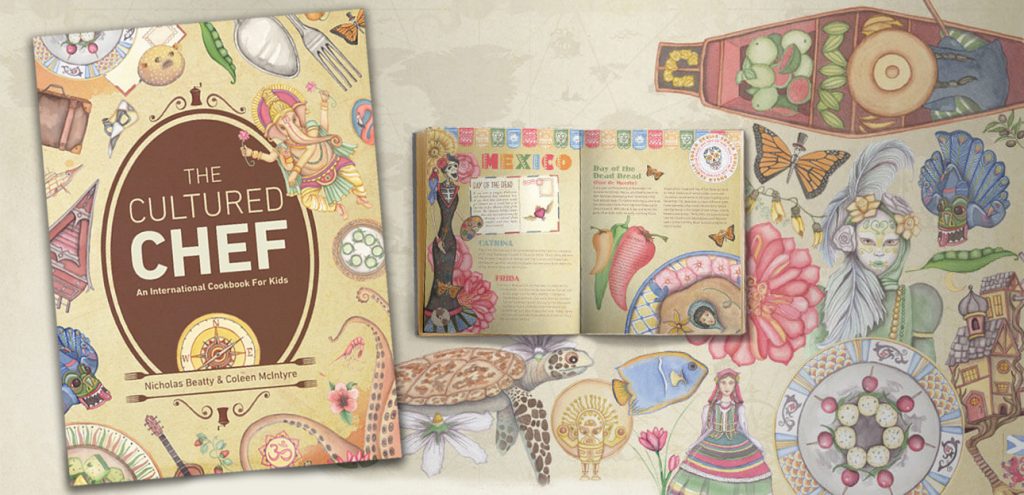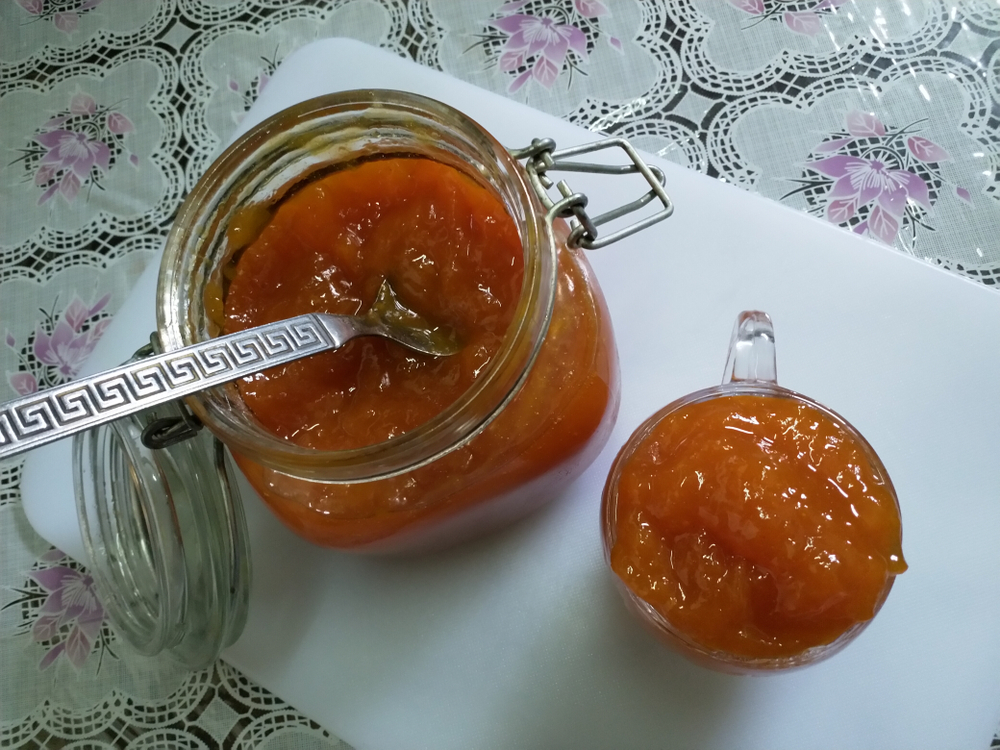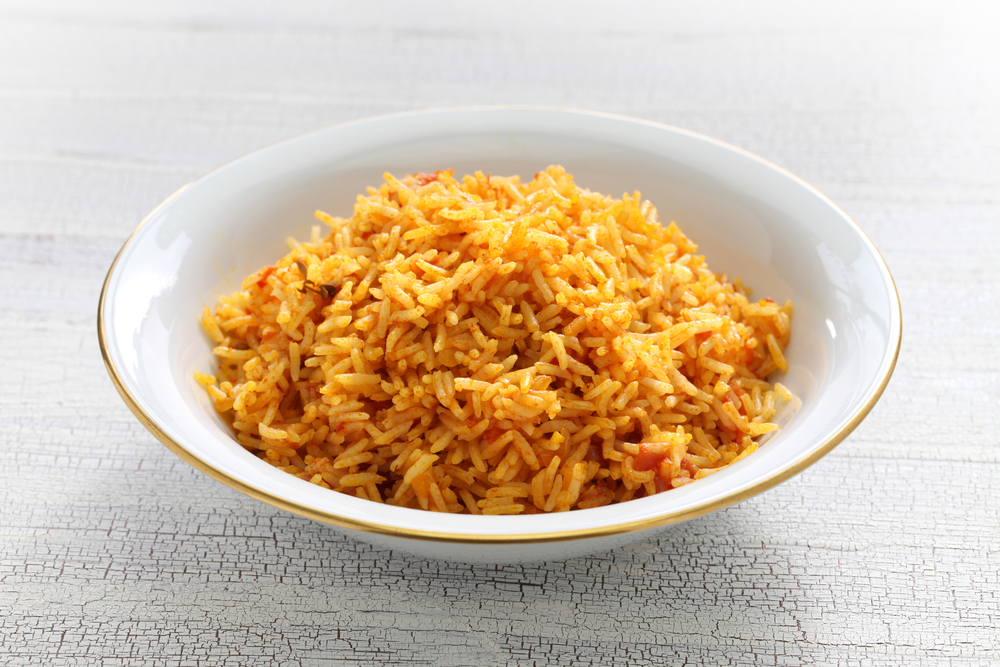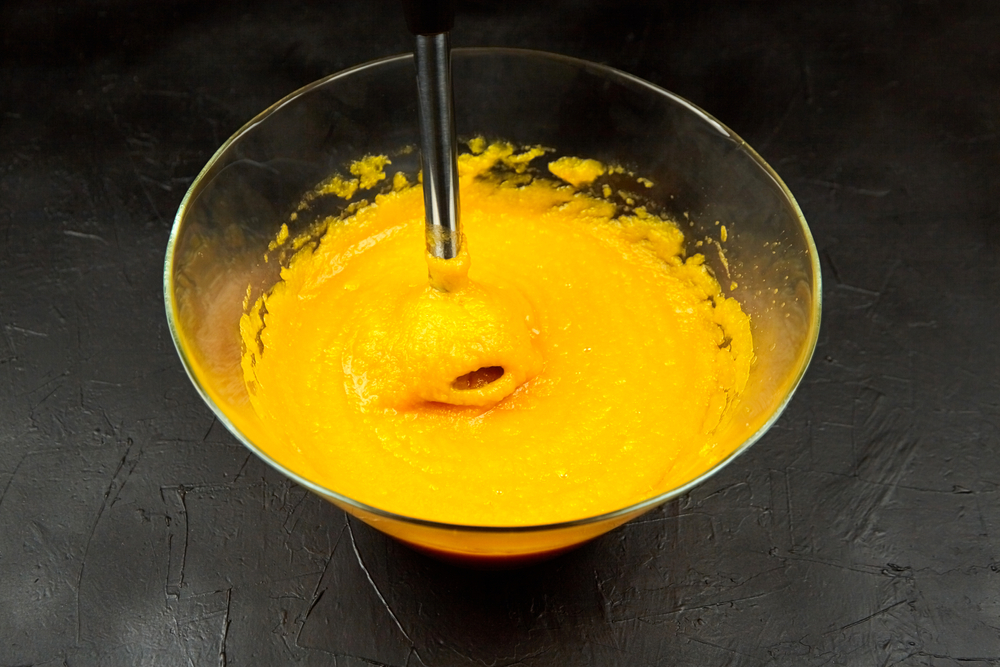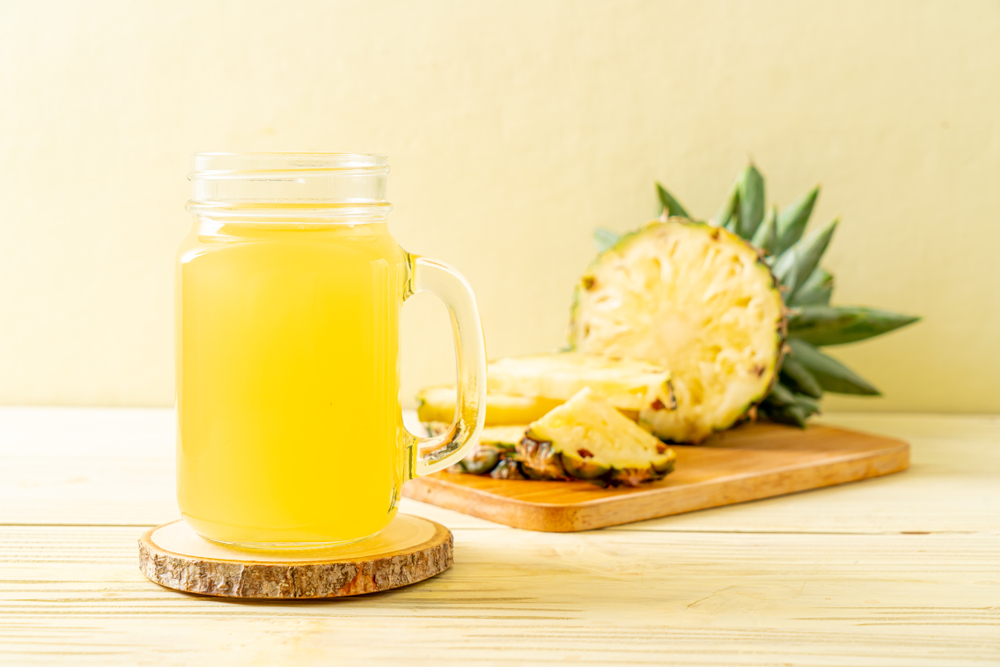
Hawaiian Pineapple Iced tea
This tea has a Hawaiian connotation due to the plantations that produced sugar cane and pineapples in Hawaii from the 1850’s onward. It is said the drink originated at a country club in Oahu, but sometimes it is difficult to directly pinpoint the origin of a food product that has a long history.
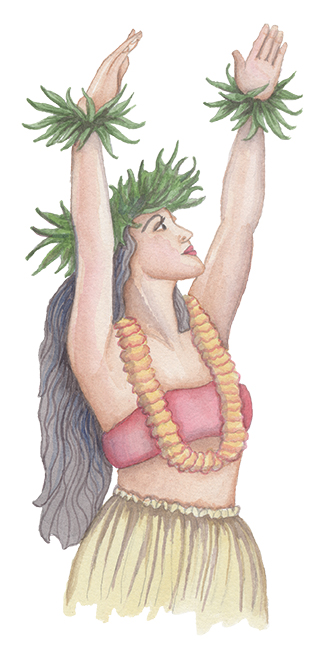
INGREDIENTS
- 1 quart boiled water
- 1 quart cold water
- 5 bags black tea (caffeine or decaf)
- 1, 16 oz can frozen pineapple juice
- Several sprigs fresh mint
- 1/2 cup simple syrup
- 1 fresh pineapple
INSTRUCTIONS
Boil one quart of water, then steep the tea bags for four to five minutes. After the tea bags have steeped and the water is no longer clear, pour the the cold water and the tea into a gallon sized container along with the pineapple juice.
Add the 1/2 cup simple syrup to the gallon container and stir. Immediately refrigerate for 1-2 hours until completely chilled. Note: If you don’t have simple syrup you can make your own by dissolving 1/4 cup sugar in 1/4 cup of hot water. Stir until all the sugar crystals have dissolved.
While the tea is chilling, slice your pineapple into spears to insert in the glasses, or chunks to add to the gallon container. You can add as much or as little pineapple as you want. Furthermore, you can add it while the tea is chilling and leave in the container, or you can add it when you serve. When you’re ready, pour the tea into a nice tall glass and garnish with mint.
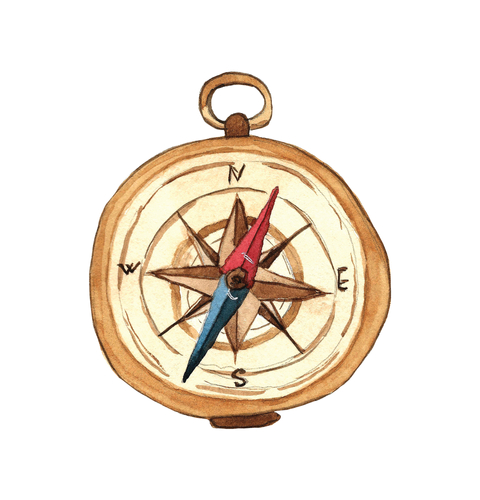
Your tea will keep in the refrigerator several days if you keep it covered. Kick back and enjoy a nice cold glass of tea on a hot summer afternoon.
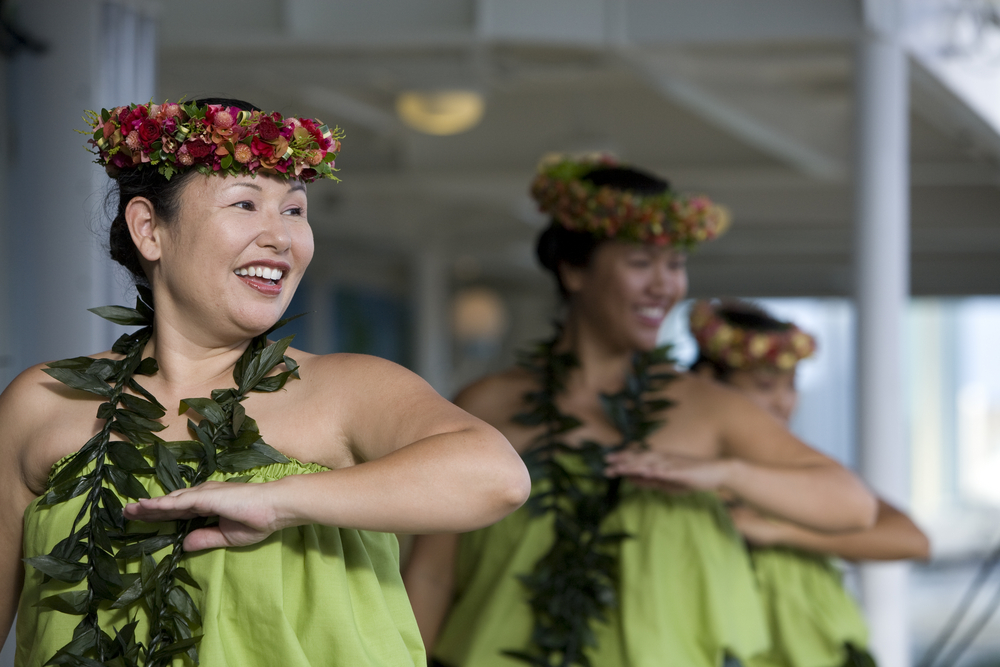
Hawaiian Hula
The Hawaiian Hula is a method of storytelling through dance and intricate hand movements. It was invented by the Polynesians who first settled the islands and has become a significant part of Hawaiian culture, performed for both religious and entertainment purposes.
Hula dancers typically wear floor-length grass skirts as well as special ornamentation such as headpieces, necklaces and bracelets. Floral garlands called lei are used in ceremonies as well, with different floral and leaf patterns each carrying its own symbolism and importance.
The art form of hula requires knowledge of the many different hand motions and gestures used to tell a story. The simplest of hand movements can signify something as complex as the birth of a child or as simple as a tree swaying in the wind.
